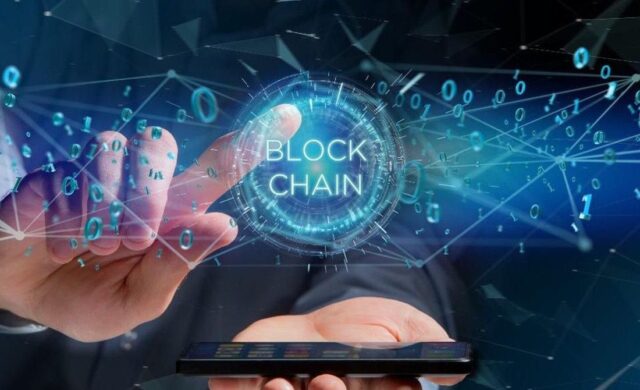
The CEO of IBM stated that blockchain will do for trusted transactions what the internet did for communications and although it is uncertain how long it will take for this statement to come true, most industry experts agree that this technology will have a major impact. The foundations of social and economic systems are changing because of it and due to the size of its effect, it will probably take years, if not decades, until it is fully integrated into our infrastructure. There has been a lot of debate, as well as hype, about blockchain technology, so here are some things to know about it.
1. What It Is
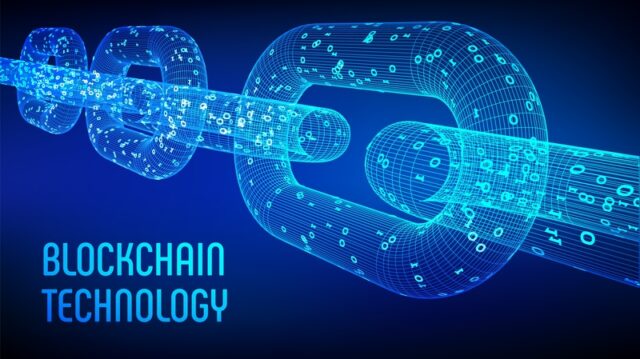
The simplest explanation would be that it is a new form of decentralized database. Block refers to digital information that is being stored in a chain which is a public database. The blocks consist of pieces of digital information such as information about transactions – date, time, and the cost of your most recent purchase, about who the participants of it are – it doesn’t use one’s actual name, but a digital signature and information that separates them from other blocks – they have unique codes (hashes) that allow one to tell them apart.
2. How It Works
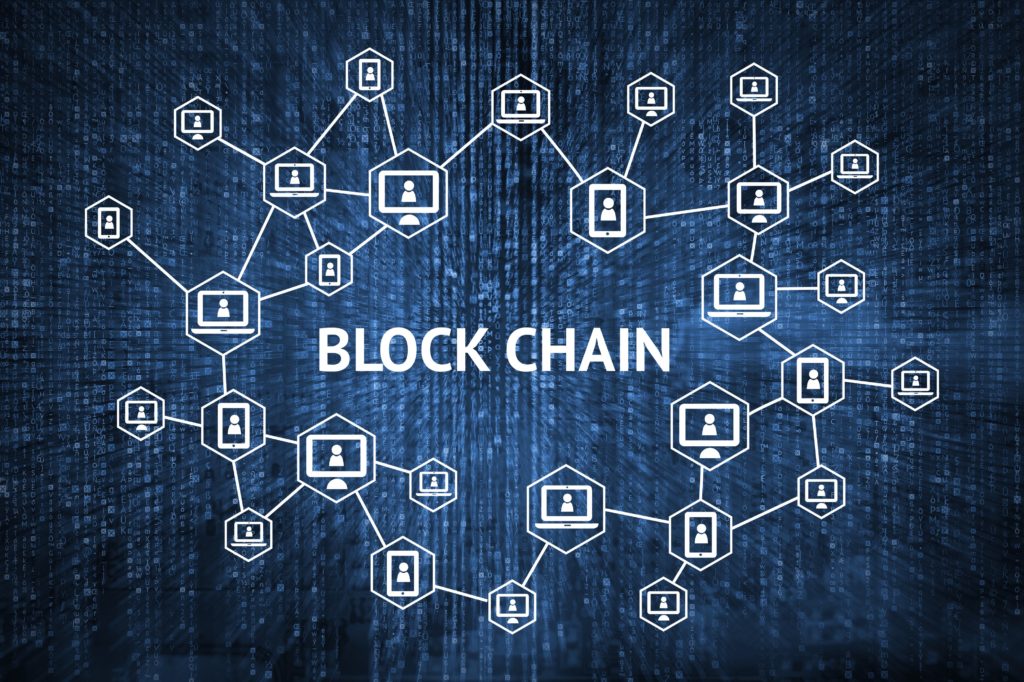
Blockchains consist of multiple blocks that are constantly added whenever new information is stored. However, for a block to be added, four things need to happen – there must be a transaction, it must be verified, stored in a block, and given a hash.
This technology is characterized by complete transparency since anyone in the network can see each record’s details. All blocks are encrypted and can only be edited by the owner. If you are interested to learn more, you can visit bestinau.com.au for additional information.
3. Practical Application
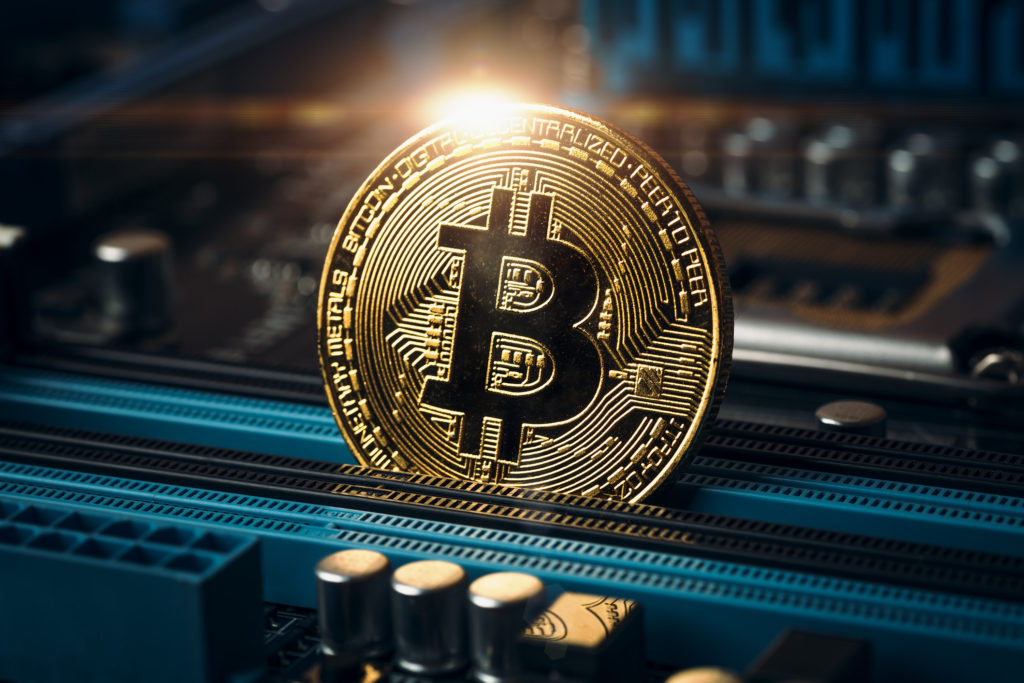
Besides storing data on monetary transactions, this technology can be used for storage of other transaction types such as property exchanges, supply chain information, contracts, physical assets, and more. As such, some of the most popular applications of blockchain include bank use, use in cryptocurrency, healthcare, property records, smart contracts, voting, and supply chain use.
4. Benefits
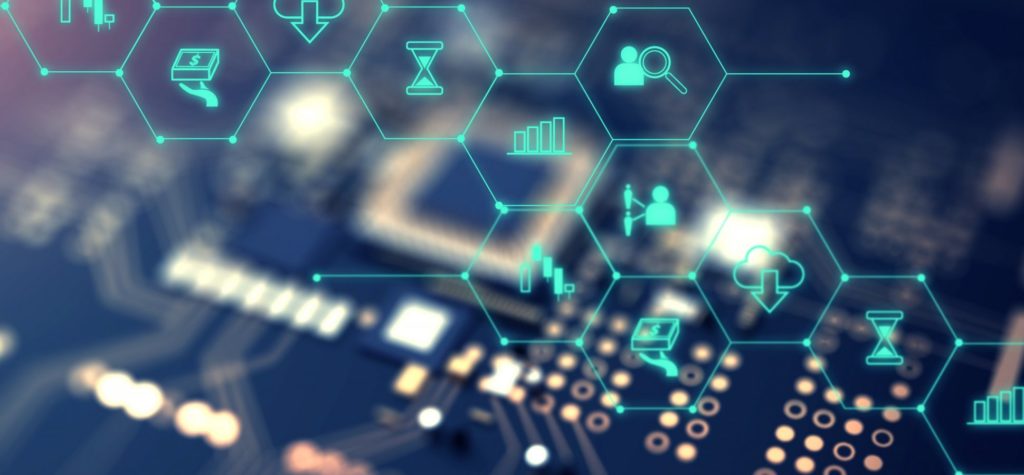
Blockchains contribute to cost reductions since they eliminate the need for third-party verification and also improve accuracy by removing human involvement in it. Due to it being a decentralized database, it makes it harder to tamper with, meaning it offers more user privacy and better security.
5. Privacy
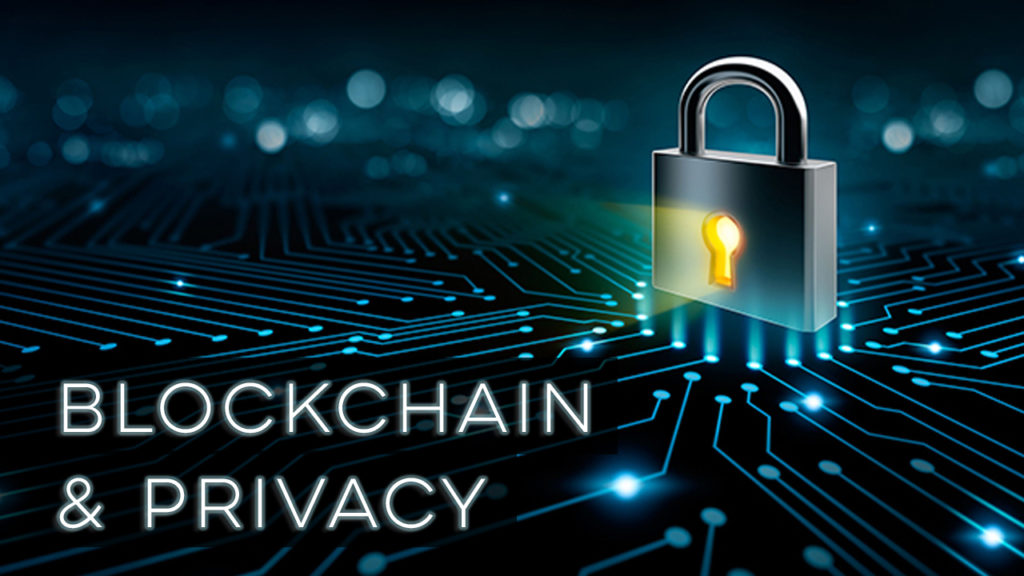
The model has both public and private variants depending on whether it is truly open or is a closed set of cooperating organizations. However, anyone who has access to the blockchain can view all of its stored information. Also, the only personal information about the user is limited to their digital signature or username.
6. Safety
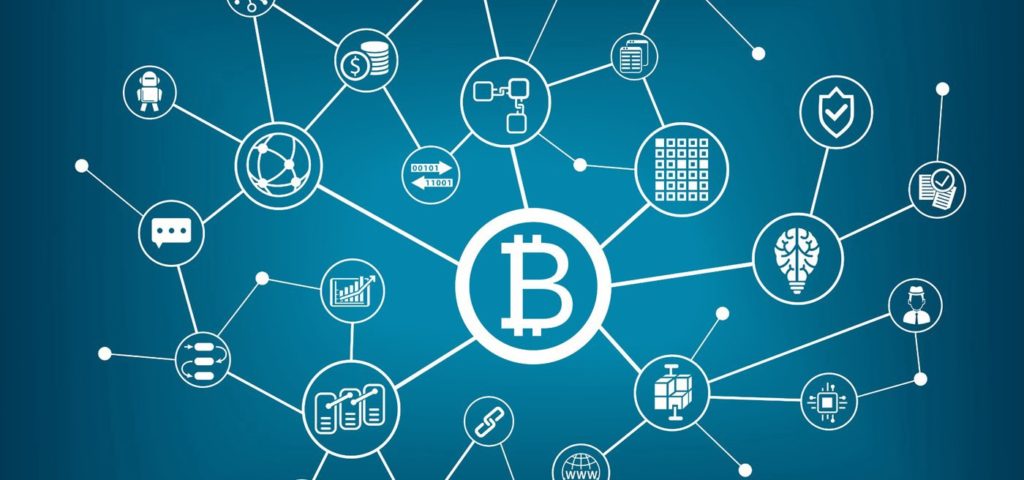
Since each computer in the network has its identical copy of the blockchain it makes it harder for the information to be manipulated, meaning that a potential hacker would need to alter every copy in the network to be successful. Also, to change a single block, a hacker would need to change every single one that comes after, making it extremely difficult to edit and impossible to delete a block once it is added to the chain.
7. The Future
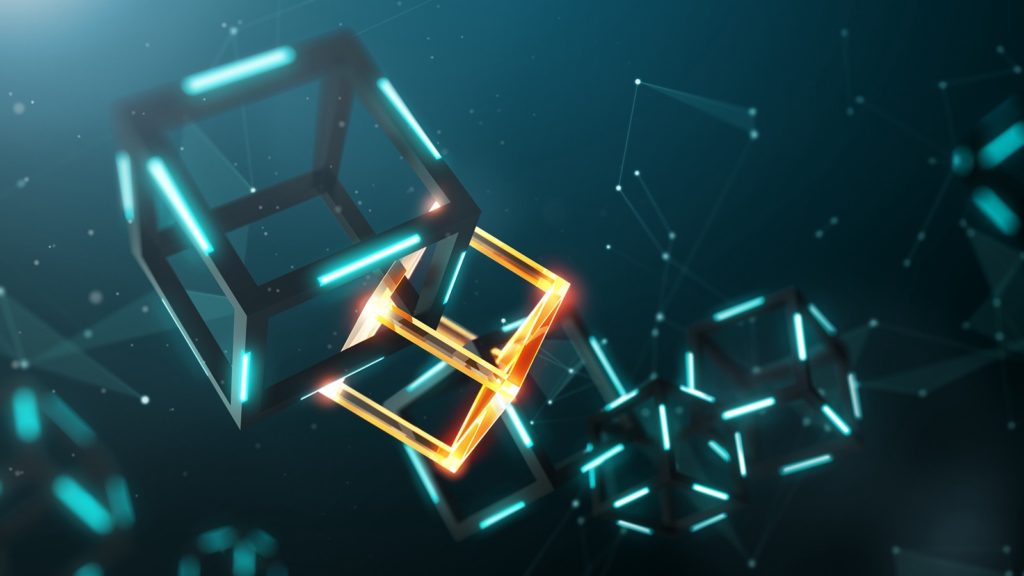
By 2024, the market is expected to be worth $20 billion. Major tech companies are heavily investing in blockchain and 90% of major American and European banks are exploring these solutions since it was estimated that they could save $8-12 billion annually once they implemented the technology.
Conclusion
Blockchain aims to optimize government and business operations, making them more secure, efficient, and accurate. With its numerous practical applications, there is no doubt that it can provide great benefits to businesses and organizations and that it is a technology that will only become bigger in the future. If you want to learn about other applications of Blockchain read this article.







